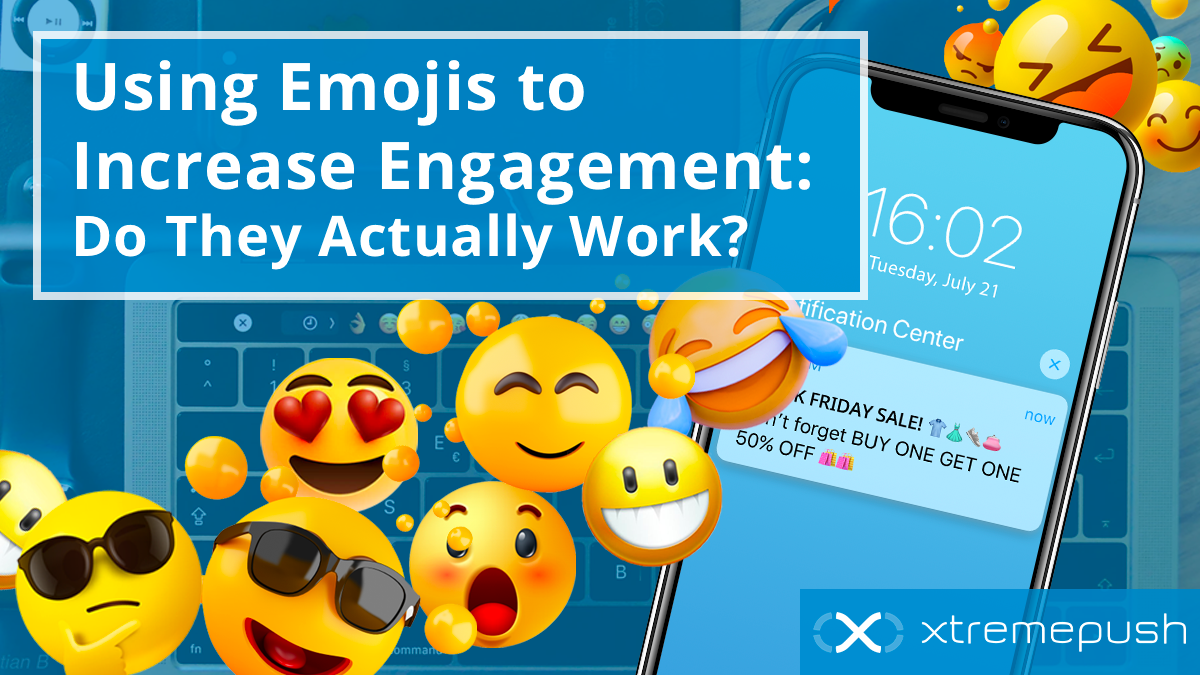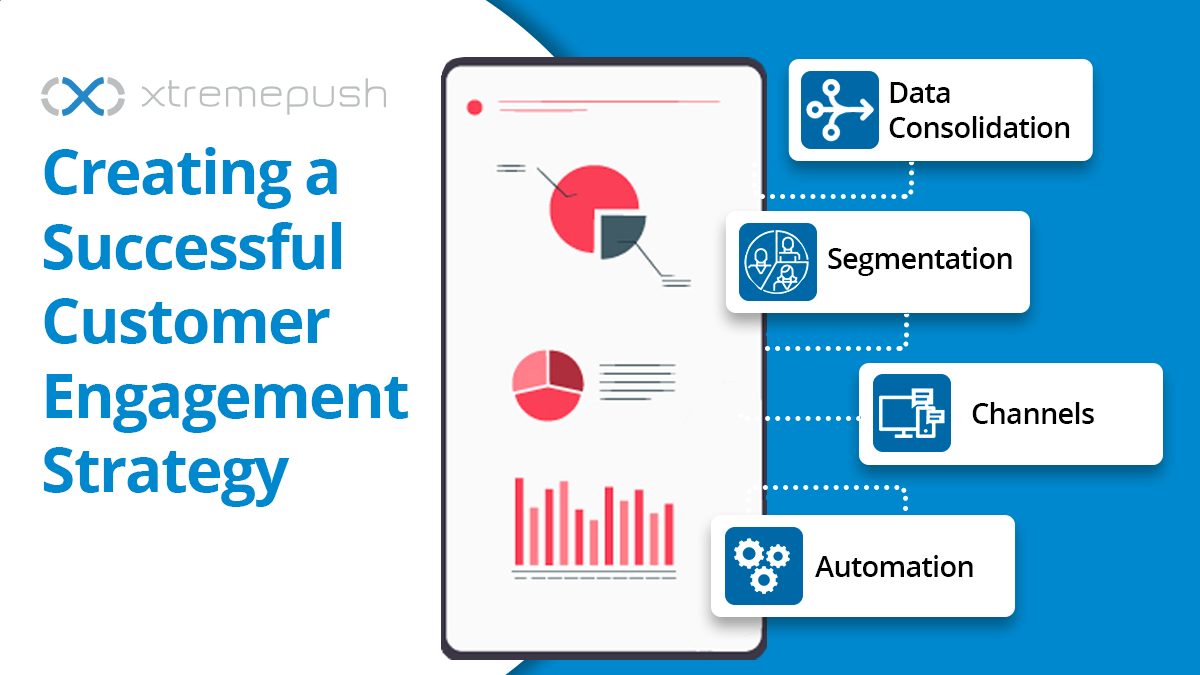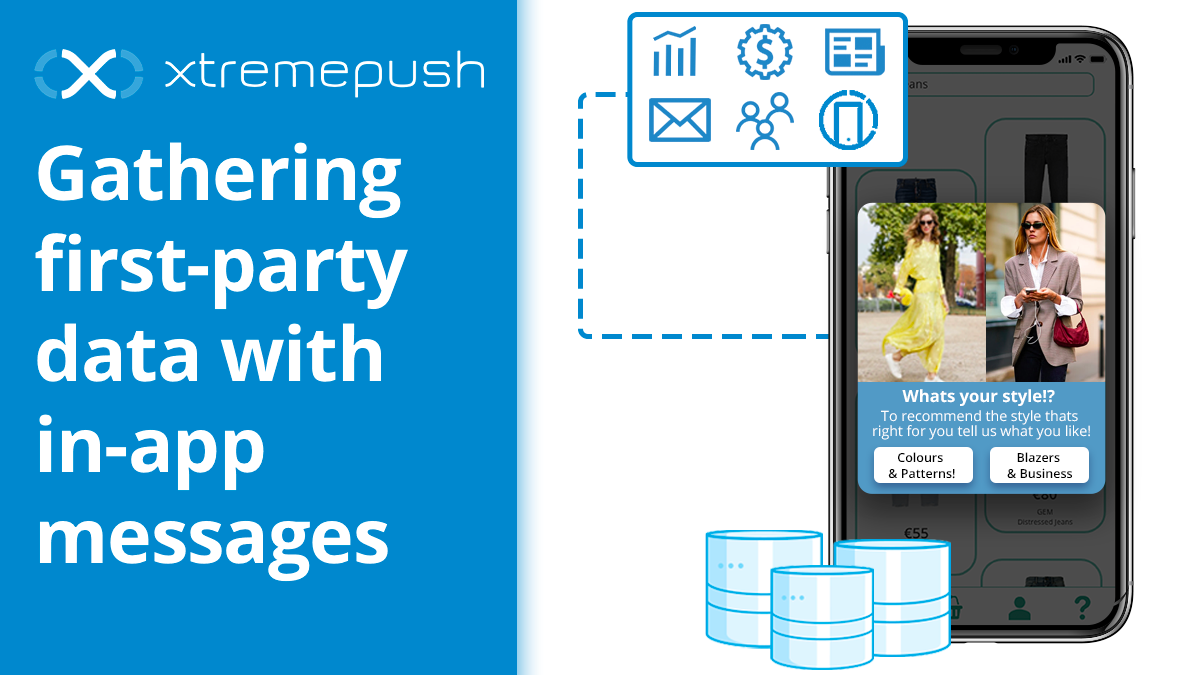How to Create a Successful Customer Engagement Strategy
Your customer is the most important part of your business. That’s a fact. Having the best possible relationship with them is imperative in the success of any business. Having a good customer engagement strategy strengthens the relationship, and nudges each customer towards the next purchase or enhances their impression of your brand in some way.
Put simply, a customer engagement strategy is your plan of how you engage with your customers. You can communicate with them through a number of channels, including email, SMS, social media, the list goes on. What is really important is that you are delivering timely and relevant messages to your customers.
A successful engagement strategy turns one-off buyers into repeat buyers, it helps increase the frequency of purchases and can even turn customers into brand advocates.
In this blog, we’re going to look at what is involved in creating a successful customer engagement strategy, concentrating on these 4 main aspects.
- Customer Data
- Audience Segmentation
- Engagement Channels
- Automation
Customer Engagement: Data Consolidation
Combining and storing your data in one place makes it far easier for companies to collect and analyse the data at their disposal. Once consolidated, there are numerous ways you can use it to further understand your customers and their behaviour. Data-driven decision-making ensures that the business decisions you make are well informed and accurate.
By collecting data in the first place, it means you can send offers and product promotions that you know the customer is interested in seeing. There was a time when you would send the same content to all of your customers every time. But B2C marketing has long since moved on from that.
Personalisation gets the best results, and that starts with data.
Transactional Behaviour
In short, transactional data is data that is collected when there is a purchase, or any other form of transaction, made on your website.
Tracking or analysing this data gives you a deeper understanding of how your customers behave leading up to, or during a transaction.
For example, these are a few ways that the data is used:
- Track products or categories the user browsed through
- Track the time spent on a particular product category or page
- Track the searched terms used
Website Behaviour
Tracking user behaviour on your website gives insight into how they navigate your website. This would include things like what pages they click through to from your homepage, the time they spend on certain pages, how far down they scroll on pages, etc.
A common practice using website behaviour is targeted advertising. Some users spend a long time browsing a certain part of your site, then leave without completing a transaction. These users can then be sent ads that might bring them back to your website and complete a transaction.
Single Customer View
The Single Customer View is the consolidation of all the data a brand has on an individual customer, across all of the channels and touchpoints they interact with you on, presented in a way that is easy to access and action.
Benefits of Unified Customer Data
One of the main benefits of using your data and analysing customer behaviour is having the ability to send the right thing to the right person, all at the right time.
Following on from this is the fact that what they receive is always personalised and relevant to them. This reduces the churn rate and increases engagement with your brand.
Customer Engagement: Segmentation
Segmenting your customers into different groups based on behaviour or personal characteristics (like age or gender) has numerous benefits for brands.
One of the most important elements of segmentation is the idea of “attributes”. An attribute is a sort of tag that is assigned to a customer’s profile. It can be based on any number of factors, as decided by you, and a profile can have as many different attributes assigned to it as you want.
Here are three examples of attributes that a customer might have associated with their profile.

Establishing audience segments allows businesses to send the right type of message to the right people, and makes it far more likely that they will move on to complete conversion
Different segments require different channels of communication. We always recommend communicating with your customers with a multichannel approach.
Customer Engagement: Channels
Web Engagement
Web engagement is used to target laptop, computer, and mobile website users to direct them to your site. There are three avenues you can take to get people to your site, or encourage them to stay on it.
Web Push notifications are a great way to engage with known and unknown visitors, encouraging them back on-site with real-time or scheduled notifications.
On-site messages allow you to engage with customers in real-time, while they are browsing your website. The messages can be triggered by all sorts of on-site events, like the amount of time the customer has been browsing, what pages they’ve viewed or how many, or a specific action like logging in or adding a product to their shopping cart.
The Web Inbox is an eye-catching message centre that lives on your website. Messages sent to the Inbox can be permanent or semi-permanent, making it an ideal channel to share both time-sensitive offers and evergreen content.

Mobile & App Engagement
As you can probably guess, mobile engagement captures your audience’s attention through mobile devices. Generally speaking, everyone has a mobile device. So there is rarely a time where you can’t reach someone with a promotional message or notification.
App push delivers results at every stage of the customer’s mobile journey. It’s a must-have channel for any brand looking for a better ROI from their mobile app. You can add a personalised touch with gifs and emojis to help your campaign stand out even more.
In-app messages are fairly similar to on-site messages. They engage with your app users in real time with event-triggered messages delivered during their session.
Again, the app inbox operates at the same level a web inbox does. It’s still a great way to communicate time sensitive offers and content to your app users in real time.

SMS is the perfect channel for delivering urgent information that just can’t wait. It’s also a great way of communicating with those who haven’t opted into receiving push notifications. Through SMS, you know that it will 100% get to the people you want and that there will be eyes on your message.
Email Marketing
There are individuals out there with the belief that email marketing is a thing of the past. However, email marketing is as important as it’s ever been and most certainly belongs as part of your campaign.
Of course, all of these channels can be utilised independently to drive specific business goals. However, we always recommend using a multichannel approach in order to get the best out of the channels and give you the best chance of running a successful campaign.
These days marketers have had to work harder than ever to stand out from the crowd and engage with customers. Certain inboxes are getting much smarter. For example, emails now have specific inboxes for promotional messages. This means that you now have to stand out in an inbox full of only promotional messages.
Customer Engagement: Automation
Automating your campaigns is a huge part of customer engagement. It takes the manual effort out of building campaigns and means they can be easily run all year round.
Having a good customer journey builder tool makes your multichannel campaigns easier to orchestrate and analyse. It uses your customer data to deliver personalised and engaging experiences for them.
With automation, the fact that all your campaigns are set up and ready to go means that you don’t miss out on any opportunities to engage.
There are numerous campaigns that businesses can run. However “Onboarding” and “Welcome” campaigns are the classics that everyone makes good use of.
Win-back campaigns are also an efficient way to re-engage with a user who has gone dormant for a while. As well as this, abandoned cart campaigns are incredibly popular, especially among eCommerce brands.
Wrapping up
So in a nutshell, creating a successful customer engagement campaign boils down to four things.
- Consolidating your data to understand your customers behaviour and make data-driven business decisions
- Using that data to segment your customers into different groups so you can send them the right message at the right time
- Choosing the appropriate channels to communicate through
- Orchestrating automated campaigns throughout the customer lifecycle in order to delvier results at scale
About Xtremepush
Xtremepush is the world’s leading customer engagement, personalisation and data platform. We work with top brands across multiple industries. Schedule a personalised demo of our platform to learn more about how we can help your brand drive revenue.













